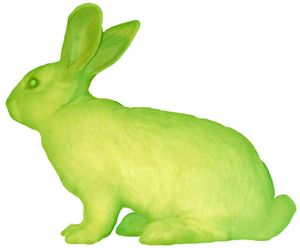Event 1/Extra Credit
 |
| Arctic Wolves |
For my event, I visited the Los Angeles Museum of
Natural History. Specifically, I toured the halls of African Mammals and North
American Mammals. The exhibits featured many large, well known animals like lions,
grizzly bears, elephants etc. Animals from around the world had been preserved and
very artistically displayed in well-thought out exhibits with very detailed
painted backgrounds. The science of ecosystems and nature was blended with
artistic tinge to create these life-like displays of these commonly known
animals. In addition to being well known, one thing I noticed that a lot of the
animals on display had in common was that they were endangered. It is no secret
that the development of human civilization over the past few thousands of years
has driven some animals to extinction, including the marsupial rhino and giant
kangaroo. Primarily human action has caused the animals on exhibit in the
museum to become extinct as well (Durfee).
 |
| Lowland Gorilla |
The taxidermy of animals and altering organs and
structures in order for humans around the world is generally very accepted. The
process of taxidermy includes very invasive procedures to the dead animals. These
animals are shown essentially as art to people across the globe. A taxidermist
must skin the animal, scrub the bones, and use a chemical wash on the body so
that it may be displayed for a long duration of time (Woollaston)
 |
| Alba |
During our unit on biotechnology, we learned the
capabilities of genetic medication. Genomes can be studied, altered, and improved
to perform miracles like slowly or even stopping cancer progression (Vesna). There
were also many instances of humans altering animals in non-harmful ways that
received a great deal of friction. For example, when Eduardo Kac created Alba,
a rabbit, glow fluorescently by incorporating into it genome one from
biofluorescent jellyfish brought on a barrage of media outrage (Philipkoski)
 |
| Wooly Mammoth |
Works Cited
Durfee, Rachel. “The Human Cause of Animal Extinction.” Popular Science, 19 Aug. 2008.
Philipkoski, Kristen. “RIP Alba, the Glowing Bunny.” Wired, 12 Aug. 2002.
Quill, Elizabeth. “These Are the Extinct Animals We Can, and Should, Resurrect .” Smithsonian Magazine, May 2015.
Vesna, Victoria, director. BioArt Pat 1. Youtube, 18 Sept. 2013.
Woollaston, Victoria. “The Science of Taxidermy” DailyMail. 31 Dec. 2014.




Comments
Post a Comment